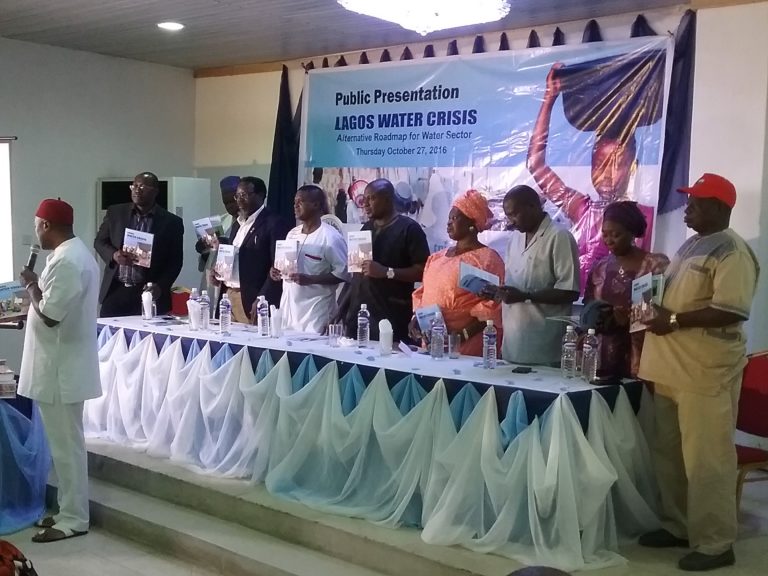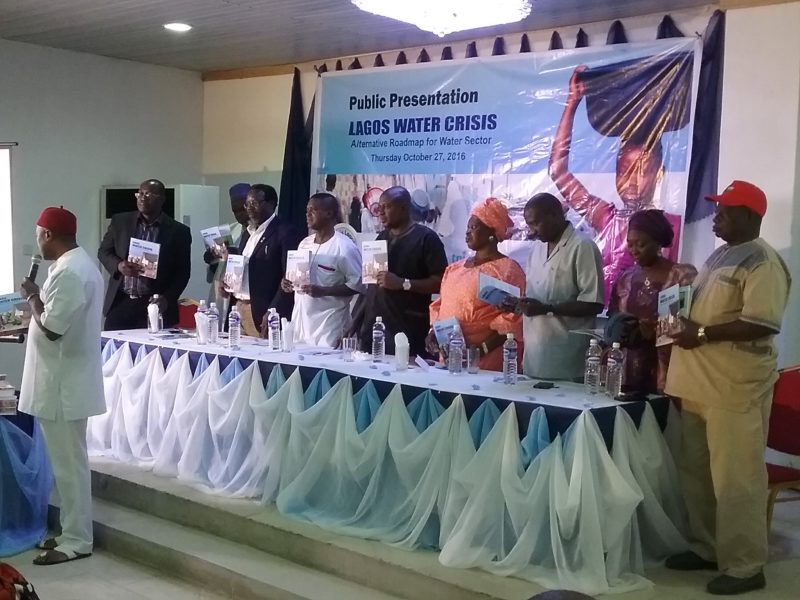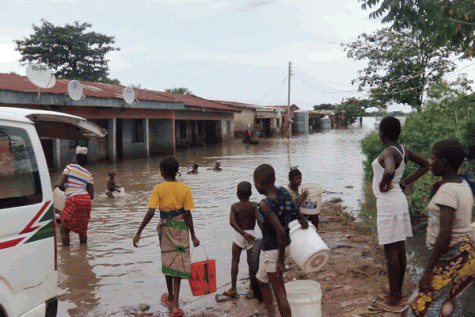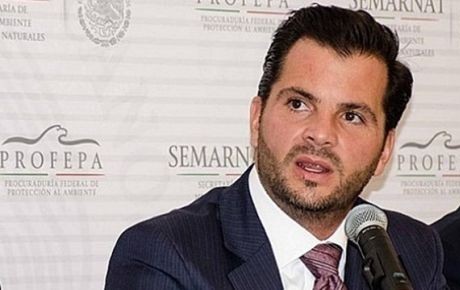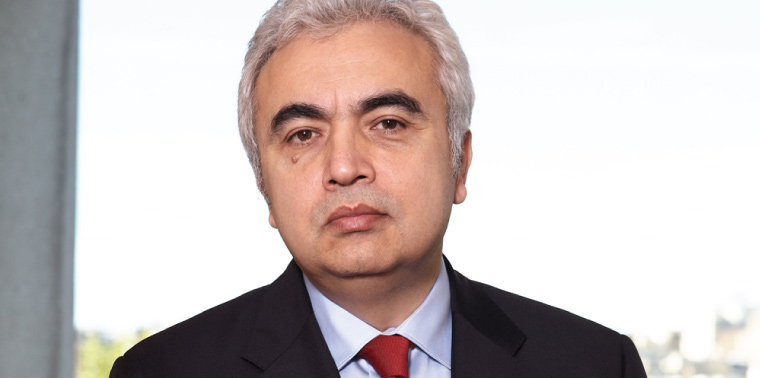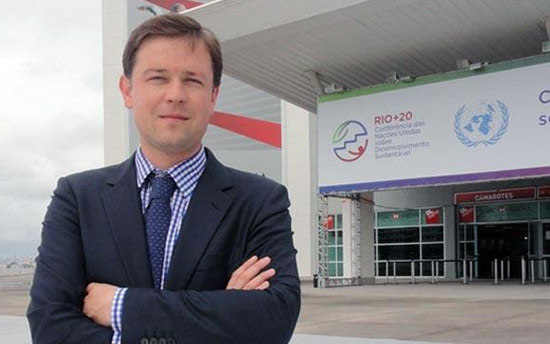Akinbode Oluwafemi, Deputy Executive Director, Environmental Rights Action/Friends of the Earth Nigeria (ERA/FoEN), says at the public presentation of “Lagos Water Crisis: Alternative Roadmap for Public Water Sector” in Lagos on Thursday that the time is nigh to put an end to the Lagos water crisis
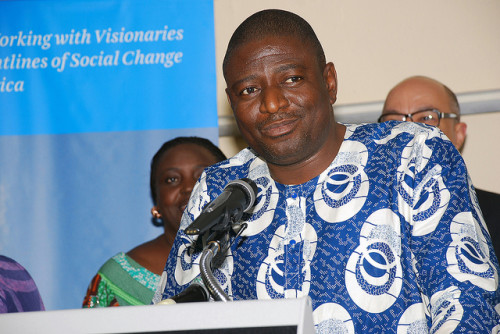
The Environmental Rights Action/Friends of the Earth Nigeria is excited that, within a very short time, the campaign: “This is Lagos: Our Water, Our Right Campaign” has rallied local communities, labour unions, rights activists, anti-corruption crusaders, social justice and religious leaders within and outside Lagos to call for public investments, transparency, accountability, and democratic public control in the management of the Lagos public water system.
Access to affordable, clean water remains a huge problem in Lagos. Currently, less than 10 per cent of Lagos’ 21 million population is connected to pipe-borne water. Daily water demand in the city is put at 540 million gallons per day while the Lagos State Water Corporation (LSWC) claims it produces 210 MDG. The LSWC is hampered by ageing infrastructure. The water treatment plants are in disrepair while the entire water trunks are old and obsolete. The LSWC had over the years suffered bad management, corruption and poor funding. How did we get here? How Are we going to get out?
The water crisis in Lagos is further compounded by the approach and strategies now being adopted by the Lagos government. The Lagos State Water Supply Master Plan only promotes one false option and one roadmap only: privatisation or, better still, Public-Private Partnerships (PPP). PPP, a model that has failed woefully in several cities across the world, is being promoted by the World Bank and other financial institutions. Communities that have gone down that path are struggling to reverse the course, and hundreds have abandoned PPPs after trying them – they sometimes generate profit, but low-income people can’t drink profit.
Our campaign against water privatisation is hinged on well-documented concerns that privatisation or PPPs in the water sector would lead to violations of human right to water and deny citizens universal access to safe drinking water. There are also concerns that the whole privatisation process including an Advisory Agreement with the World Bank were conducted in secret, without ensuring active, free and meaningful citizens’ participation. There is also the worry about job losses, high tariffs and the possibility of social unrest if water privatisation is forced on the people.
Consistently, we have voiced our opposition to PPPs because they have failed elsewhere and will fail here. At our rallies or through our petitions and even in-person meetings with government officials, we have rejected all forms of commodification of water and called for a more democratic model to address the crisis. After all, shouldn’t our leaders be pro-people? Our government is for the people, by the people – our water system must also be managed for the people, by the people.
We have continued to urge the Lagos government to:
- Reject all forms of water privatisation and commodification.
- Revise all water sector laws that promotes PPP.
- Show political leadership by making adequate budgetary allocations to the water sector.
- Fully uphold the human right to water as an obligation of the government, representing the people.
- Integrate broad public participation in developing plans to achieve universal access to clean water.
- Develop genuine worker-management cooperation to allow water sector employees to share concerns without fear of retaliation, and improve our water infrastructure together.
- Reject contracts designed by, involving, or influenced by the IFC, which operates to maximise private profit.
- Disclose all IFC and World Bank activities and discussions with Lagos government officials regarding water, including formal and informal advisory roles.
- Build the political will to prioritise water for the people, therefore leading to a comprehensive plan that invests in the water infrastructure necessary to provide universal water access, which will create jobs, improve public health, and invigorate the Lagos economy.
The Water Crisis: Alternative Roadmap for Water Sector
We have however, made it clear that we will assist the government in developing real solutions that truly address people’s access to water from the prism of human rights. We have also said that those solutions cannot be found in corporate management of public goods, but in collective investment in water infrastructure and democratic decision-making that priorities the human right to water above profits. Today, we are presenting in the form of a book that alternative roadmap to the failed roadmap being promoted by the Word bank and corporations, and their friends in high places here in Nigeria.
Today, we have moved from mere advocacy to providing real, practical and sustainable solutions. We will still be in the streets until this crisis is addressed, but now we are also ready to work with our leaders to move forward together. The “Lagos Water Crisis: Alternative Roadmap for Water Sector” is the alternative roadmap to the Lagos Water Strategy which has the sole aim of promoting water privatisation. The book reviews the impact and reasons for the failure of the current water system, and provides models from around the world for adaptation to the Lagos context. It makes specific recommendations that can be implemented by the Lagos State Government and Lagos State Water Corporation over the short and long-term.
We want to plead with Governor Akinwunmi Ambode himself to personally pick this book and digest the information therein. In the book, he will discover the real workable roadmap to a functional democratically- governed water system in Lagos. We look forward to supporting a new, pro-people water master plan.
Our sincere thanks go to members of the Community Water Parliaments in Bagadry, Ikorodu, Epe, Agege and Ketu, among others. We also want to thank the labour unions AUPCTRE, NLC and our CSO friends like CLO, CDHR, CACOL, and WASHNET. The story of the Lagos anti-water privatisation movement is that of partnership and collaboration, both at local and international levels and as such our thanks goes to Corporate Accountability International, Transnational Institute, Public Service International, PSI Research Unit (PSIRU) for the support and the hard work that gave birth to the book we are presenting here today. We also want to thank 23 members of the United States Congressional Black Caucus and the United Nations Special Rapporteur on the Human Right to Water for their solidarity and actions.

